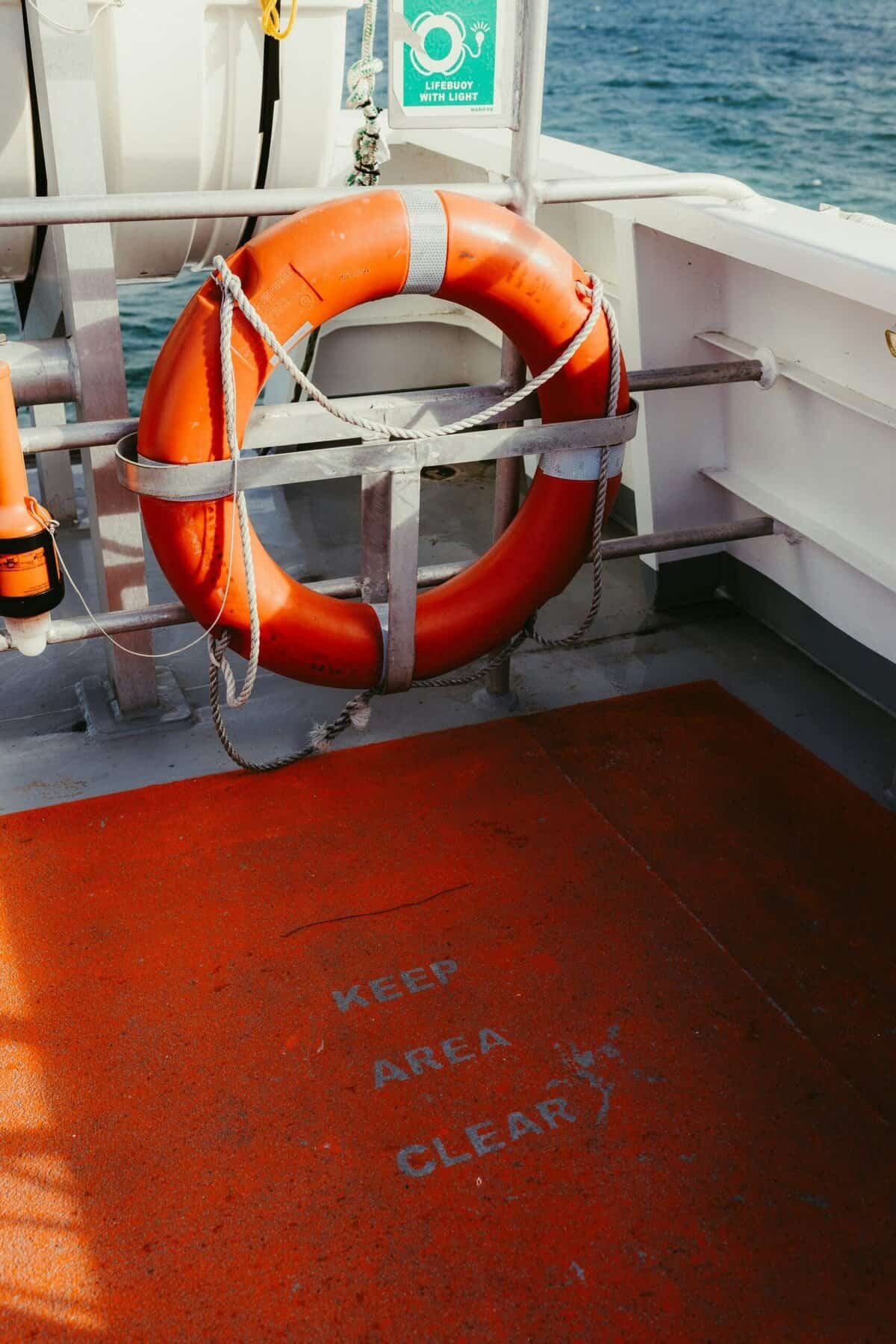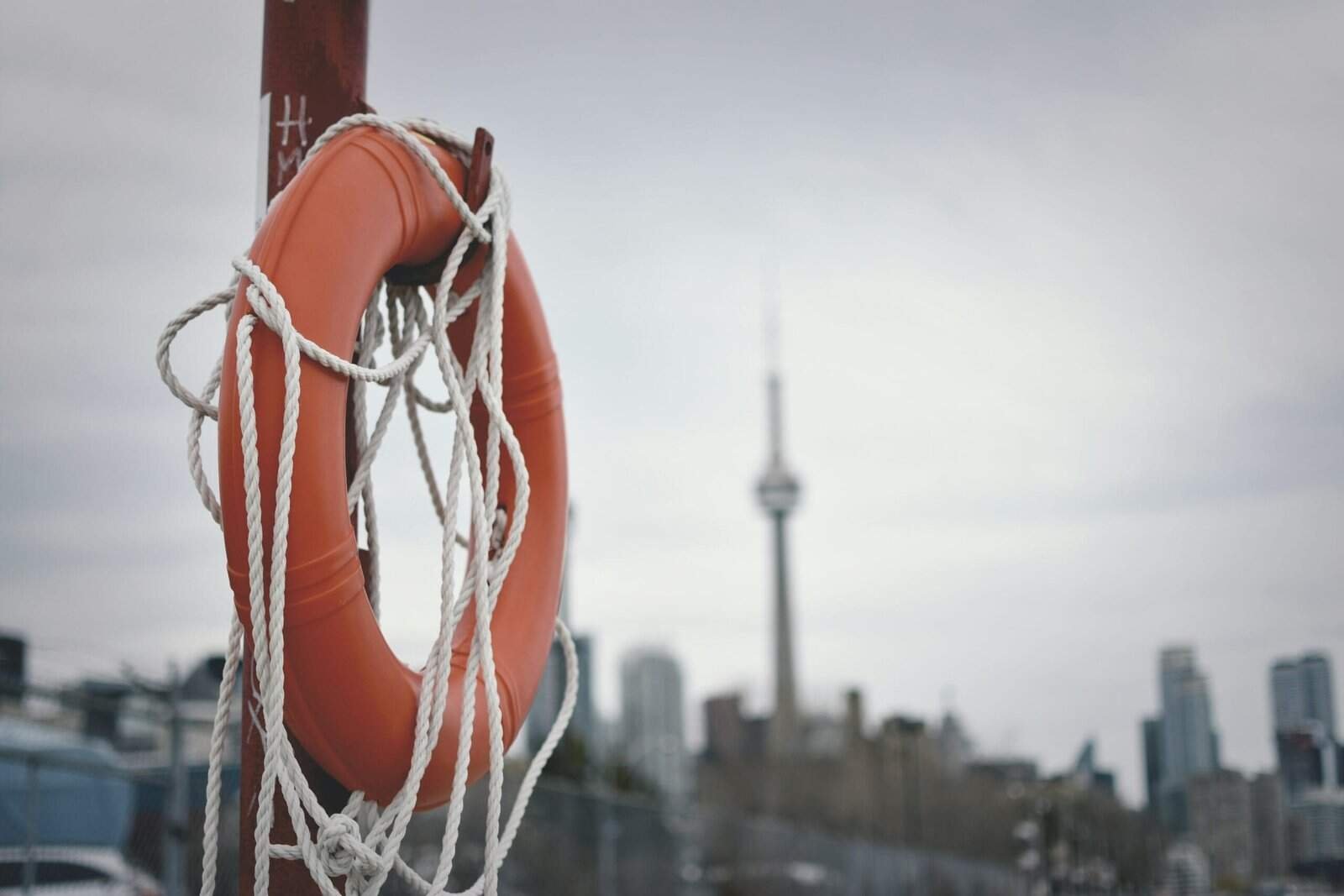Have you ever wondered if fertilizers can migrate into your well water, potentially causing contamination issues? It’s a concern that many homeowners and farmers share, especially if they rely on irrigation systems. The last thing you want is to unknowingly contaminate your water supply, leading to potential health risks or agricultural problems. In this article, we’ll address how cross-contamination from irrigation lines can occur and what steps you can take to prevent it.
Understanding Cross-Contamination and Its Risks
Cross-contamination in irrigation systems occurs when substances such as fertilizers, pesticides, or pathogens infiltrate another system—often water supplies—leading to unintended chemical mixtures or health hazards. This contamination can pose significant risks, affecting both individual health and broader ecological systems. Let’s unravel the details below.
What Is Cross-Contamination?
Cross-contamination refers to the transfer of harmful substances between surfaces or environments. In the context of irrigation, it often means that chemicals or microorganisms from fertilizers or soil enter into clean water systems, such as those providing household or agricultural drinking water.
Why Is It a Concern?
Cross-contamination is dangerous because it can lead to polluted water that is unsafe for consumption, whether by humans, animals, or plants. Chemical exposure from fertilizers in drinking water has been linked to various health issues, including nitrate poisoning, which is particularly dangerous for infants and pregnant women.
The Role of Irrigation Lines in Cross-Contamination
Irrigation lines, essential for delivering water to your plants efficiently, can be a conduit for cross-contamination if not properly managed. Every system has vulnerabilities that, if not addressed, can compromise water quality.
How Do Irrigation Lines Get Contaminated?
Contamination through irrigation lines can occur due to several reasons, such as:
Backflow: This happens when water flows in the opposite direction from its intended route, which can introduce contaminants into clean water supplies.
Poor Installation: An incorrectly installed system can leave openings or weaknesses for contaminants to enter.
Backflow – A Major Culprit
Backflow is a critical issue in irrigation systems, where water flows backward into the main water supply. This can be due to changes in pressure, such as a drop in municipal water pressure.
Types of Backflow
There are two primary types of backflow to be aware of:
- Backsiphonage: Occurs when there’s a negative or reduced pressure in the supply line, causing water to be siphoned back into the fresh water source.
- Backpressure: This happens when the pressure in the system exceeds that of the supply line, pushing potentially contaminated water back into the clean water supply.

Strategies to Avoid Cross-Contamination
Now that you understand the nature and risks of cross-contamination, let’s look at how you can prevent it in your irrigation systems.
Implementing Backflow Prevention Devices
One of the most effective measures is installing a backflow prevention device. These devices are designed to allow water to flow in one direction only, preventing any possibility of backflow.
Types of Devices
Here’s a look at some standard backflow prevention devices:
| Device Type | Use Case |
|---|---|
| Air Gap | The gap between water outlet and receiving space to prevent backflow. Ideal for systems with low risk. |
| Pressure Vacuum Breaker (PVB) | Common in residential irrigation systems; prevents backsiphonage. |
| Reduced Pressure Zone (RPZ) | Best for high-risk situations; prevents both backpressure and backsiphonage. |
Regular Maintenance and Inspections
Routine maintenance and inspections of your irrigation system are crucial in identifying any early signs of wear or damage that could lead to contamination.
Checklist for Maintenance
- Inspect all connections and lines: Look for leaks or holes that could facilitate contamination.
- Test backflow prevention devices: Ensure they function correctly.
- Check water pressure systems regularly: Make sure there are no significant fluctuations that could cause backflow.
Safe Fertilizer Practices
The way you handle fertilizers can also influence the risk of cross-contamination. Using fertilizers safely and effectively minimizes this risk.
Tips for Safe Usage
- Use the right amount: Over-fertilizing can increase the risk of runoff leading to contamination.
- Apply at the right time: Ensure that fertilization coincides with plant uptake periods rather than times of high rain or humidity that lead to runoff.
- Use organic options when possible: Organic fertilizers often pose fewer risks than synthetic ones.
The Risk of Fertilizers Migrating Into Well Water
Fertilizers, by their very nature, contain nutrients that can be beneficial to plants when used correctly. However, they can become pollutants when they migrate into water sources.
How Fertilizers Migrate
Too often, fertilizers are applied excessively or incorrectly, leading to leaching beyond the root zone into groundwater.
Factors Affecting Migration
- Soil Type: Sandy soils, for instance, have a higher risk factor due to their large particle size and quick drainage.
- Rate of Application: Excessive application will increase the chance of leaching.
- Weather Conditions: Heavy rainfall or irrigation can speed up the migration process.
Consequences of Fertilizer Migration
The presence of fertilizers in well water can lead to serious health and environmental repercussions. Nitrogen-rich fertilizers, for example, can increase nitrate levels in water, which are harmful if consumed, especially by infants.

Practical Steps to Manage Fertilizer Application
A thoughtful approach to fertilizer use can mitigate the risk of contamination in your water supplies. Following best practices when applying fertilizers is crucial.
Tailored Fertilizer Application
Every landscape is different, and so is its requirement for fertilizer. Tailoring your application according to plant need reduces excess that might lead to leaching.
Steps to Tailor
- Conduct Soil Tests: Understand the existing nutrients in your soil to apply fertilizers as needed.
- Calculate Exact Needs: Base your fertilizer application on the soil test results rather than generic recommendations.
- Adjust Over Time: Monitor plant health and adjust fertilizer amounts as needed.
Implementing Buffer Zones
Buffer zones are strips of vegetation designed to catch and filter runoff before it reaches water sources. They serve as a natural barrier against pollution, absorbing excess fertilizers.
How to Establish Effective Buffer Zones
- Choose the right plants: Native grasses and shrubs are often the best option.
- Correct Placement: These should be placed between cultivation areas and water sources.
- Regular Maintenance: Ensure these areas are well-maintained and effective at filtering runoff.
Educating Yourself and Others
Knowledge is one of the most powerful tools in avoiding cross-contamination. Awareness and continuous education on proper irrigation and fertilizer practices can significantly reduce risks.
Resources and Educational Opportunities
- Workshops and Seminars: Many organizations provide training on safe irrigation and fertilizer practices.
- Online Courses: Numerous online platforms offer courses on irrigation and cross-contamination prevention.
- Expert Consultation: Hiring a professional can provide personalized advice and inspections.

Conclusion: A Proactive Approach is Key
Avoiding cross-contamination from irrigation lines requires a proactive approach and continuous vigilance. By understanding the risks, using preventive devices, ensuring regular maintenance, adopting safe fertilizer practices, and educating yourself and others, you can maintain a safe water supply.
Your diligence can keep your ecosystems, health, and crops thriving. Keep these practices at the forefront of your water management strategy, and you’ll protect yourself and the environment for the long haul. Remember, prevention is always better than cure, and these steps serve as a robust defense against unwanted contamination.
